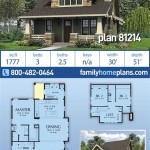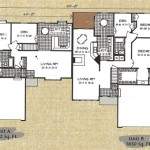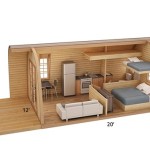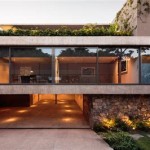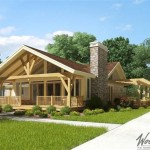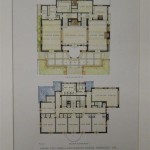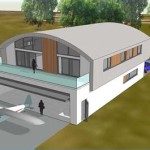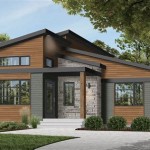Essential Aspects of House Plans For Small Cabins
Designing a small cabin requires careful planning and consideration of specific aspects to ensure functionality, comfort, and aesthetics. Whether you're seeking a secluded retreat or a modest primary residence, understanding the essential elements of house plans for small cabins is crucial.
1. Floor Plan Efficiency
Maximize space utilization by opting for an efficient floor plan. Open-concept layouts create a sense of spaciousness and foster a flow between areas. Consider multi-functional spaces, such as a living room that doubles as a dining area, to save on square footage.
2. Smart Storage Solutions
Limited space in small cabins demands clever storage solutions. Built-in cabinetry, under-bed storage, and hidden compartments keep belongings organized and out of sight. Utilize vertical space with shelves and wall hooks to optimize storage capacity.
3. Natural Light and Ventilation
Introduce ample natural light through strategically placed windows and skylights. This not only brightens the interior but also reduces energy consumption. Cross-ventilation promotes air circulation, maintaining a comfortable indoor environment without relying solely on artificial ventilation.
4. Sustainable Materials and Construction
Embrace sustainable practices by selecting eco-friendly materials and construction methods. Opt for durable materials like reclaimed wood or low-impact lumber. Consider energy-efficient windows, insulation, and appliances to minimize environmental impact and reduce energy costs.
5. Outdoor Living Spaces
Extend the living area outdoors with a porch, deck, or patio. These spaces provide a seamless transition from indoor to outdoor, creating a sense of spaciousness and enhancing the overall enjoyment of your cabin.
6. Multi-Purpose Structures
Consider multi-purpose structures to maximize space and functionality. A loft can serve as both a sleeping area and storage space. A garage can be converted into a workshop or additional living space. Explore creative ways to make the most of every square foot.
7. Aesthetic Appeal
While functionality is paramount, aesthetics should not be neglected. Choose a design that complements the surrounding landscape and reflects your personal style. Consider the exterior materials, roofline, and overall architectural features to create a visually appealing cabin.
8. Accessibility and Safety Features
Ensure accessibility by providing ramps, wide doorways, and non-slip flooring, especially if the cabin is intended for individuals with limited mobility. Install fire alarms, smoke detectors, and carbon monoxide detectors for safety.
9. Energy Efficiency
Implement energy-saving measures to reduce operating costs and minimize environmental impact. Utilize insulation, energy-efficient appliances, and LED lighting to optimize energy consumption. Consider renewable energy sources like solar panels or geothermal heating for sustainable energy solutions.
10. Customizing to Your Needs
Remember that house plans are a starting point, not a rigid blueprint. Tailor the plan to suit your specific needs and preferences. Adjust the layout, add or remove features, and customize the design to create a cabin that perfectly aligns with your vision.

Small Cabin House Plans With Loft And Porch For Fall Houseplans Blog Com

Small Cottage Floor Plan With Loft Designs House Plans Homes

27 Adorable Free Tiny House Floor Plans Craft Mart

Small Cabin Designs With Loft Floor Plans
:max_bytes(150000):strip_icc()/SL-988_FCR-0a1aa759de95445a96be45a8aefc2749.jpg?strip=all)
Cabins And Cottages Under 1 000 Square Feet

C0432b Cabin Plan Details Floor Plans Small

13 Best Small Cabin Plans With Cost To Build Craft Mart

Small Cabin Designs With Loft Floor Plans

Small Tiny House Plans Cabin Drummond

The Small Cabin House Living Perfectly Large In 600 Square Feet

